Cassava is an evergreen shrub, whose rich in starch roots, that look like large, long potatoes, people have used for cooking for millennia.
Initially, Cassava only grew in North and South America, later they began cultivating it in Africa and Asia.
The fruits of cassava really are big - the largest of them can reach almost 22 lb (10 kg). But the young roots of cassava are better-tasting, which is why they are not allowed to grow too long.
When raw, cassava roots contain an acid that is poisonous to humans, which is why they need to be heat treated very thoroughly.

Cassava roots are mostly used to make tapioca - a type of flour used in many types of dishes.
To make tapioca flour, cassava roots are cleaned, very finely grated, drained of liquid using a press, dried and passed through a sieve.
From this flour, known simply as tapioca, bread and various types of pitas are baked. Porridges and desserts, even alcohol, is made from it.
If you buy a raw cassava root, you can peel it, then cut it up and fry or boil it. The result is a delicious and nutritious garnish. After peeling it, put the cassava in cold water to prevent it from darkening.
Pitas made some tapioca are especially suitable for people allergic to wheat gluten. They are easy to make - from tapioca and water only. Mix them and form pitas, fry in a lightly oiled pan.
An extremely popular dish among Latin Americans is that of fish broth and tapioca. Boil 4 1/5 cups (1 L) of broth and add tapioca. Boil until bubbles form, then let it cool.
The tastiest and most attractive form of tapioca are the small, white pearls from cassava starch. These are boiled and darken from their contact with the hot water. Sprinkle with powdered sugar and serve as a dessert. To make them even more eye-catching, tapioca pearls can be dyed in different colors.
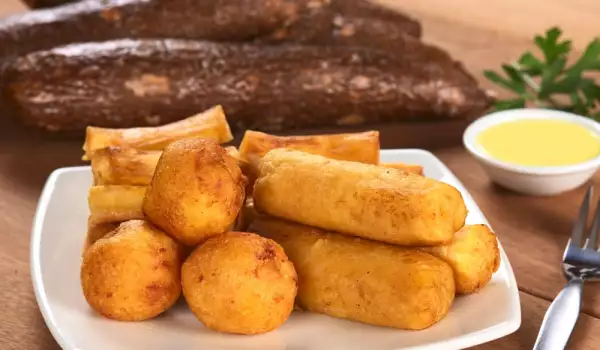




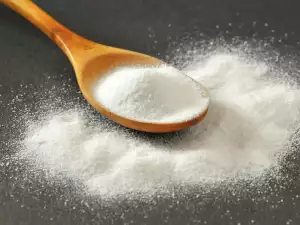
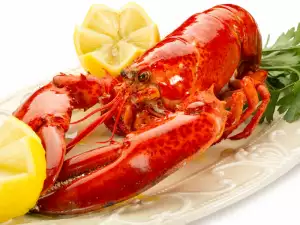
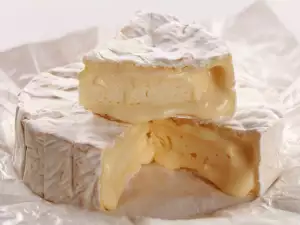
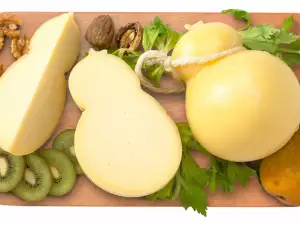
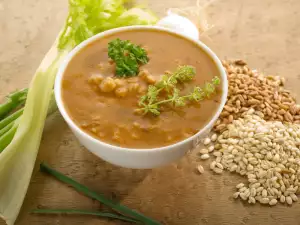
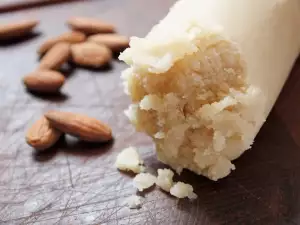



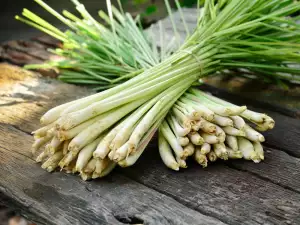





Comments